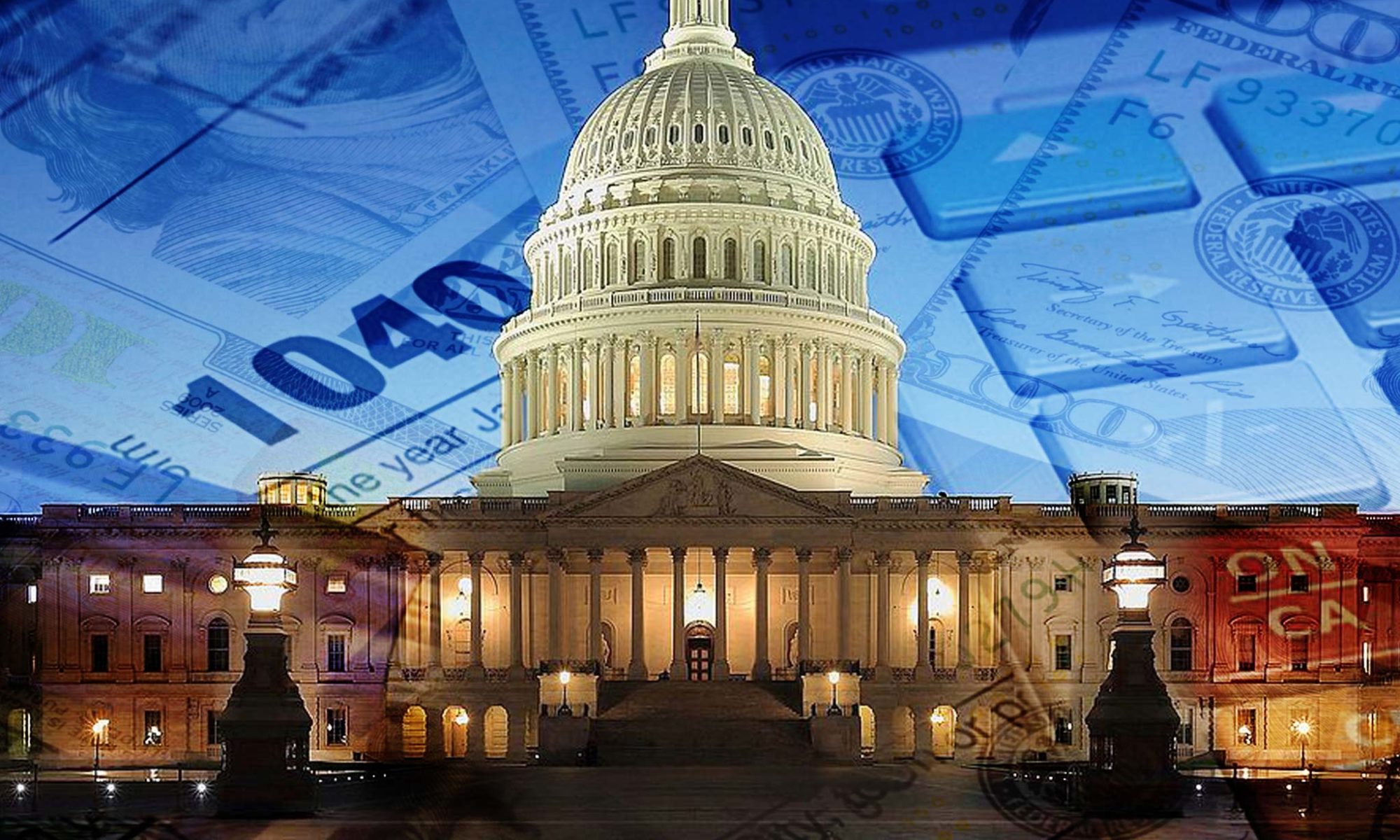As part of the Further Consolidated Appropriations Act late last year, the SECURE Act greatly increased the tax credit available for “small employers” who adopt a new retirement plan. Previously, a tax credit of 50% of eligible plan-related expenses was available for the first 3 years, with a maximum credit of $500 per year. Under the new law, the maximum credit is increased to $5,000 per year with certain limitations.
In addition, the new law added a $500 credit for 3 years for new and existing plans that add an eligible automatic enrollment feature.
Which employers are eligible for the tax credit?
There are several conditions that must be satisfied in order to be eligible for the credit:
- The employer must have had no more than 100 employees in the prior year with compensation of $5,000 or more (employees who earned less than $5,000 are not considered for this purpose).
- The new retirement plan must cover at least one employee who is non-highly compensated (NHCE). Generally, an NHCE is a non-owner with compensation in the prior year that is less than the applicable threshold ($125,000 in 2019). In other words, the credit is not available for “owner-only” or “Solo 401(k)” plans.
- The employer cannot have maintained a retirement plan covering substantially the same employees in any of the previous 3 years (for this purpose, a retirement plan includes the same types of plans described below).
Which types of retirement plans qualify?
- 401(k) plans
- Any other type of qualified plan, including profit sharing plans, money purchase pension plans, traditional defined benefit plans, and cash balance plans
- 403(b) plans
- SEP IRAs
- SIMPLE IRAs
What types of expenses qualify for the start-up credit?
Expenses paid by the employer in connection with establishing the plan (e.g. plan document fees), administering the plan, or providing related employee education.
How is the start-up tax credit calculated?
For taxable years beginning after December 31, 2019, the maximum credit is equal to the lesser of (1) $5,000, or (2) $250 times the number of NHCE covered under the plan. The new law also added a minimum credit of $500.
For example, assume a plan covers the owners of a business and 10 NHCEs. Additionally, assume that plan-related expenses for the first plan year were $6,000. The available tax credit would be $2,500 for that year (10 NHCEs x $250). The credit available for the next 2 years would depend on the number of NHCEs covered and actual plan-related expenses.
If the employer adopts a 401(k) plan and a cash balance plan, is the start-up credit available for both plans?
Yes, however, the plans are aggregated for purposes of determining the maximum credit. In other words, expenses paid for both plans can be considered, but the credit is determined based on the expenses paid for the plans on a combined basis.
What are the requirements for the automatic enrollment tax credit?
Small employers (as described above) who add an eligible automatic contribution feature (EACA) to a new OR existing plan are eligible for a $500 tax credit for 3 years. This credit is available without regard to plan expenses and is effective for plan years beginning after December 31, 2019.
How are the credits claimed?
IRS Form 8881 is used to claim both tax credits. They are reported differently depending upon structure of employer (i.e. sole proprietorship, partnership, corporation, etc.).
How can I learn more?
If you are currently working with a client to adopt a retirement plan for their employees or if you would like to learn more about this important tax incentive, please contact us.


